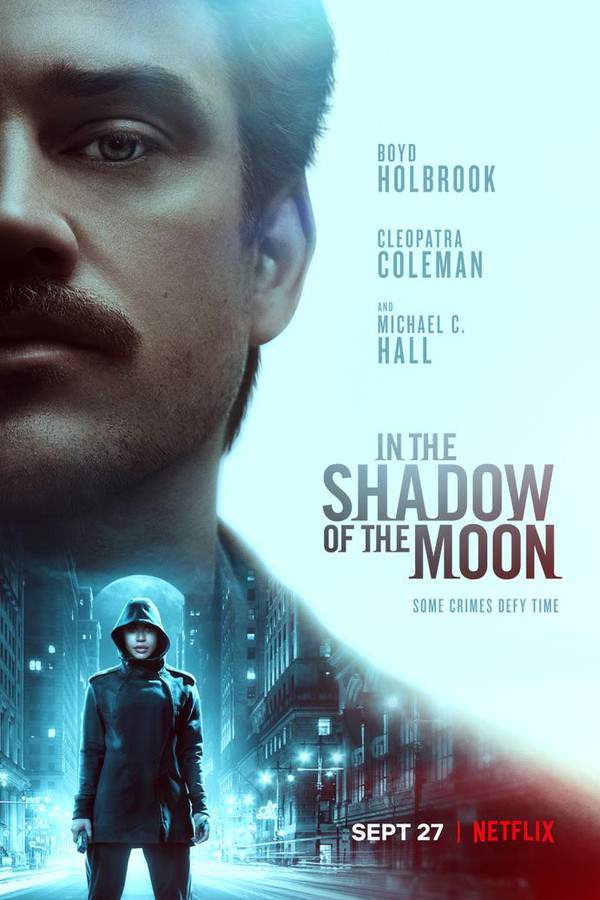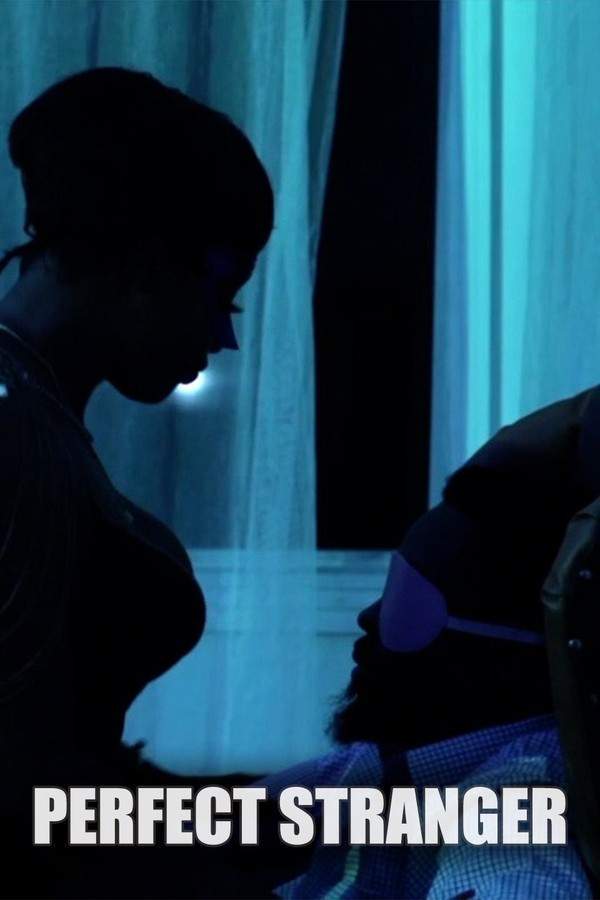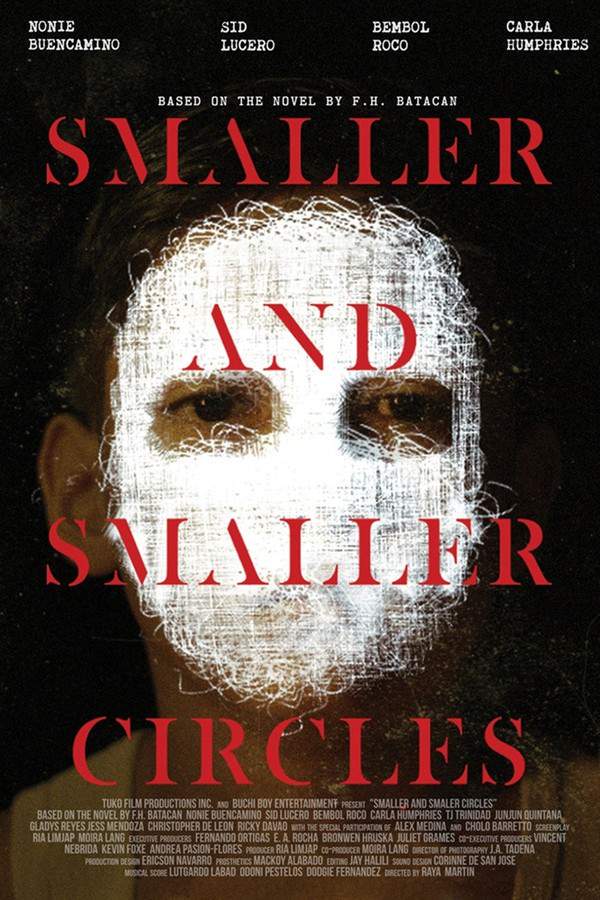
Disappearance at Clifton Hill
Haunted by her family's past, a young woman returns to Niagara Falls and reopens her family's motel. While investigating a decades-old mystery surrounding a boy's disappearance, she uncovers a dark conspiracy deeply connected to the town’s history. As she digs deeper, she must confront long-buried secrets, unsettling truths, and her own personal demons, all while the majestic falls loom nearby.
Warning: spoilers below!
Haven’t seen Disappearance at Clifton Hill yet? This summary contains major spoilers. Bookmark the page, watch the movie, and come back for the full breakdown. If you're ready, scroll on and relive the story!
Disappearance at Clifton Hill (2020) – Ending Explained & Final Scene Breakdown
Still thinking about how Disappearance at Clifton Hill (2020) ended? Here’s a full breakdown of the ending, key final moments, major twists, and the deeper meaning behind the film’s conclusion.
The ending of Disappearance at Clifton Hill is intentionally surreal and open to interpretation, but it ultimately reveals a deeper commentary on the nature of truth and sensationalism. Throughout the film, Abby has been portrayed as an unreliable narrator, a woman haunted by her childhood trauma and prone to lying. As she investigates the mysterious disappearance of the boy she saw in her youth, the story seems to unravel into a tangled web of lies, conspiracy, and illusion.
In the climax, Abby uncovers evidence suggesting that the boy, Alex, was murdered because he threatened to expose a corrupt and abusive local family, the Lakes. The key revelation is that Alex did not die by suicide, as previously believed, but was instead murdered by the Moulins and their accomplices, who wanted to hide their involvement. Gerry confesses that he and his wife threw Alex off the cliff, confirming his murder. However, later evidence and a mysterious visitor challenge this story—specifically, a man with an eye patch who arrives at the motel and claims that Charles III, the powerful patriarch, actually saved Alex rather than harmed him.
This revelation raises the possibility that Alex survived the fall and that the whole conspiracy was based on false accusations and manipulated memories. The film suggests that Charles III may have rescued Alex from the Moulins, possibly using his influence and wealth to keep him hidden. The notion that Charles III is innocent, in stark contrast to earlier suspicions, shifts the narrative into ambiguity. The man with the eye patch hints that Alex’s survival is real and that he has returned to clear his name or perhaps to testify.
The final scene is particularly unsettling. As Abby looks at herself in the mirror and smiles, it indicates she might find some dark satisfaction in the chaos she’s created. She could be reveling in the fact that she has helped perpetuate a web of lies and that her story—regardless of its truth—has gained power. The ending suggests that Abby’s obsession with sensational stories and her own unreliability have led her into a dangerous game of deception. Instead of concluding with a clear resolution, the film leaves viewers questioning the truth of what happened, emphasizing how voyeurism and a desire for sensational crime stories can distort reality.
In essence, the ending of Disappearance at Clifton Hill is a commentary on the ways society idolizes sensational crime narratives without understanding their complexities. It underscores how storytelling can be manipulated, how people are often more attracted to shocking twists than to genuine truth, and how this obsession can lead to chaos. The movie hints that Abby, much like the audience, is complicit in this voyeurism—finding enjoyment in chaos even when it hides deeper, unresolved ambiguities about innocence, guilt, and the true nature of the events. The ending leaves us with unsettling questions: Was Alex truly murdered? Did Charles III have anything to do with his fate? Or did survival and rescue play a hidden role? Ultimately, the film reminds us that reality is often much stranger and more ambiguous than the stories we tell ourselves.
Last Updated: June 25, 2025 at 09:01
Explore Movie Threads
Discover curated groups of movies connected by mood, themes, and story style. Browse collections built around emotion, atmosphere, and narrative focus to easily find films that match what you feel like watching right now.
Obsessive investigator thrillers like Disappearance at Clifton Hill
Compulsive protagonists unraveling mysteries that are deeply personal and dangerous.If you liked the obsessive quest for truth in Disappearance at Clifton Hill, you'll appreciate these movies. This list features similar mystery and thriller stories where a protagonist's fixation on solving a dark secret leads them down a perilous path, blurring the lines between investigation and obsession.
Narrative Summary
The narrative typically centers on a protagonist, often psychologically fragile or unreliable, who becomes single-mindedly focused on solving a mystery from their past. Their investigation forces them to confront buried secrets and personal demons, escalating the danger and tension as they get closer to an unsettling truth.
Why These Movies?
These films are grouped by their shared focus on a deeply personal and obsessive investigation, creating a specific type of psychological tension. The viewer experiences the story through the protagonist's increasingly paranoid and unreliable perspective, making the mystery feel intimate and threatening.
Small town conspiracy mysteries like Disappearance at Clifton Hill
Uncovering the dark truths and systemic corruption hidden beneath a town's quiet surface.For viewers who enjoyed the small-town corruption and buried secrets in Disappearance at Clifton Hill, this category highlights similar movies. Discover other mystery and drama films where the idyllic facade of a community cracks open to expose a dark conspiracy that goes back decades.
Narrative Summary
The narrative pattern involves a protagonist, often someone with a connection to the town, challenging the established order by investigating a past incident. They face resistance from the community, uncovering a web of lies and corruption that suggests the town's identity is built upon a hidden, dark foundation.
Why These Movies?
These movies share a specific atmosphere where the setting itself becomes a character—a place of hidden malevolence. The collective secret and the protagonist's isolation create a unique blend of mystery, dread, and social commentary, making the discovery process feel claustrophobic and inevitable.
Unlock the Full Story of Disappearance at Clifton Hill
Don't stop at just watching — explore Disappearance at Clifton Hill in full detail. From the complete plot summary and scene-by-scene timeline to character breakdowns, thematic analysis, and a deep dive into the ending — every page helps you truly understand what Disappearance at Clifton Hill is all about. Plus, discover what's next after the movie.
Disappearance at Clifton Hill Summary
Read a complete plot summary of Disappearance at Clifton Hill, including all key story points, character arcs, and turning points. This in-depth recap is ideal for understanding the narrative structure or reviewing what happened in the movie.

Disappearance at Clifton Hill Timeline
Track the full timeline of Disappearance at Clifton Hill with every major event arranged chronologically. Perfect for decoding non-linear storytelling, flashbacks, or parallel narratives with a clear scene-by-scene breakdown.

Characters, Settings & Themes in Disappearance at Clifton Hill
Discover the characters, locations, and core themes that shape Disappearance at Clifton Hill. Get insights into symbolic elements, setting significance, and deeper narrative meaning — ideal for thematic analysis and movie breakdowns.

Disappearance at Clifton Hill Spoiler-Free Summary
Get a quick, spoiler-free overview of Disappearance at Clifton Hill that covers the main plot points and key details without revealing any major twists or spoilers. Perfect for those who want to know what to expect before diving in.

More About Disappearance at Clifton Hill
Visit What's After the Movie to explore more about Disappearance at Clifton Hill: box office results, cast and crew info, production details, post-credit scenes, and external links — all in one place for movie fans and researchers.





























